
views
Planting Fennel
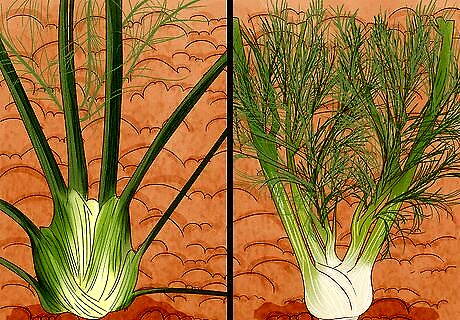
Choose a fennel variety. The type of fennel you choose to grow will depend on what part of the fennel plant you wish to use -- the bulb, the fronds or the seeds. Florence Fennel is grown for its bulbous stem, which can be eaten raw, grilled or baked. It is also possible to eat the thicker stalks which sprout from the bulb, as they are similar to celery. Herb fennel does not produce the same bulbous stem. It is grown for its delicate leaves, which are used as a herb. Herb fennel also produces seeds which have a licorice-like flavor (as does the rest of the plant) and are used for seasoning.
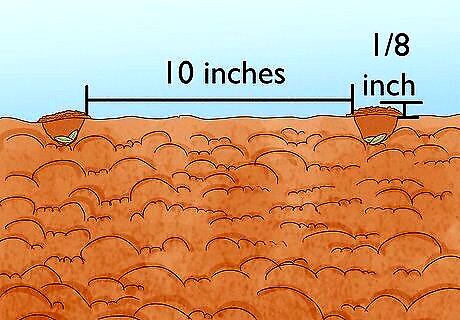
Plant the fennel outdoors. The process for planting both varieties of fennel is the same. The seeds should be planted directly into the garden, around the time of the last spring frost. Plant the fennel seeds in fertile, well drained soil. If necessary, loosen the soil a little before planting and add in some compost and a little soil for drainage. Plant the seeds approximately ten inches apart and cover them with a light layer of soil, about ⁄8 inch (0.3 cm) deep. It's probably a good idea to plant a few more seeds than you need, then thin them out later. Plant the fennel far away from any dill or coriander -- these plants tend to cross-pollinate, which reduces seed production and affects the taste. You can use an almanac to determine when the last frost typically occurs in your area.
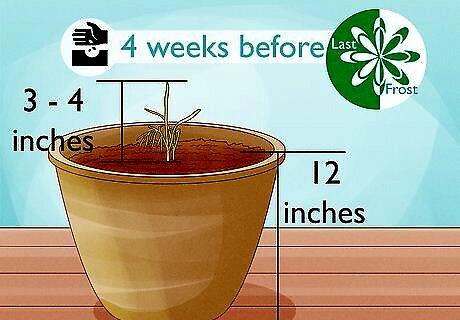
Plant the fennel indoors. If you prefer, you can plant the fennel seeds in containers approximately 4 weeks before the last spring frost. Once the seedlings have grown to height of 3 or 4 inches (7.6 or 10.2 cm), you can harden them off in a cool greenhouse or cold frame before transplanting them to the garden. Alternatively, you can keep the fennel in a container. As fennel is a deep-rooted plant, it will require a container at last 12 inches (30.5 cm) deep, filled with light soil with some added gravel for drainage. If you plant more than one fennel plant in a container of this size, it will be too crowded to produce a large bulb, but you will still be able to enjoy the leaves and seeds.
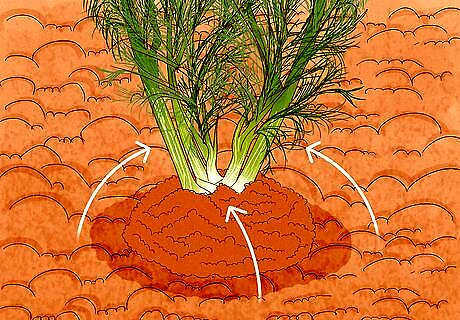
Care for the fennel. Fennel grows best in full-sun. At first, you should water it regularly to keep the soil moist. Once it has established itself, you may only need to water it if there is a drought. Be careful not to overwater, as this may cause the roots to rot. There is no need to fertilize the soil during growing season. Once the bulb begins to form at the base of the stem, hill up the surrounding soil to cover it. This shades it from the sun and prevents it from turning green. This is known as "blanching", as it keeps the bulb white and sweet (which is only necessary if you intend to eat the bulb). Fennel is not usually affected by pests or disease, but occasionally you will spot aphids or whiteflies on the leaves. If so, you can use a pyrethrin-based insecticidal soap to get rid of them.
Harvesting Fennel
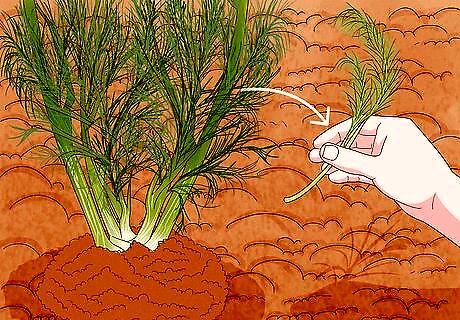
Harvest the fennel leaves. You can start harvesting the fennel leaves once the plant becomes well-established. Don't take too many leaves at once though, or you might harm the plant. The fennel leaves can be used to add an aromatic, anise or licorice flavor to soups, salads and other Mediterranean-style diets. If you use fennel regularly, try planting multiple plants. Harvest one plant a week, but remember to keep watering and fertilizing the plant after harvest.
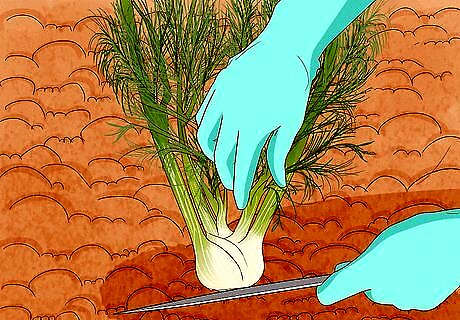
Harvest the bulb. Florence fennel bulbs can be harvested once they reach the size of a small tennis ball, usually in late summer/early autumn. To harvest, cut the fennel below the bulb at the soil line. Use immediately, or store in the refrigerator for several days. Fennel bulbs will survive a frost or two, so there is no rush to harvest them as soon as the weather turns cold. However, you shouldn't allow the fennel bulb to grow too large, or it will turn bitter.
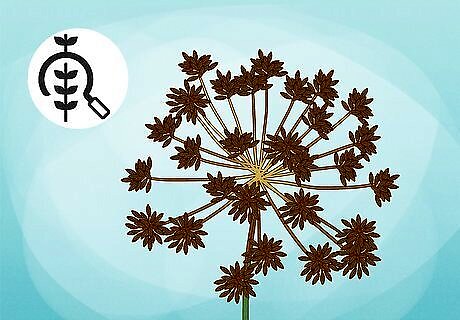
Harvest the fennel seeds. Fennel seeds can be harvested as soon as they're ripe and the plant's flowers have turned brown. The seeds are very loose, so the best way to collect them is to place a large bowl or sheet underneath the plant and shake the seed head. Alternatively, you can wrap the seed heads with cheesecloth while you're cutting the stalks and remove the seeds later. Allow the seeds to dry completely, then store them in a cool, dark place in an airtight container. They will keep for up to six months.

Leave the fennel to grow as a perennial. Fennel grows as a hardy perennial between USDA hardiness zones 5 and 10. It self-sows very easily, so if it has bloomed once, the seeds will have likely fallen to the ground, allowing it to re-emerge the following spring. Every spring, you should fertilize your fennel patch with a standard fertilizer, or nourish the soil with some fresh (preferably homemade) compost. However, in northern zones (or areas where winter temperatures regularly drop below 15 degrees F/ -10 degrees C) fennel should be treated as an annual and will need to be replanted each spring.




















Comments
0 comment